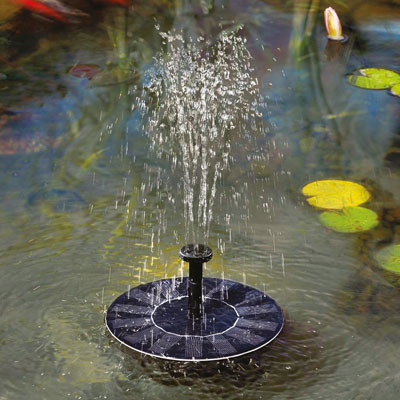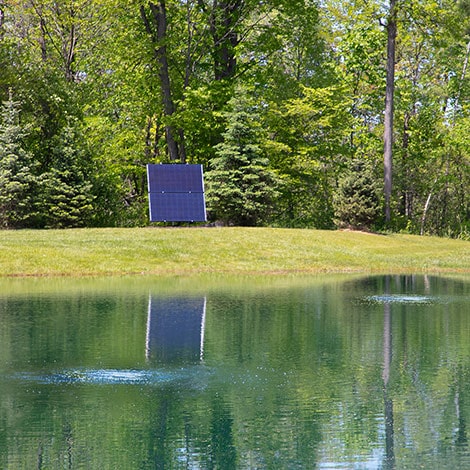Having a well-oxygenated pond is essential for the health and vitality of the aquatic life within it. While pumps are commonly used to oxygenate ponds, there are alternative methods that can be just as effective. In this article, we will explore various ways to oxygenate a pond without a pump.
1. Aeration Stones
Aeration stones are a simple and effective way to oxygenate a pond without a pump. These stones are connected to an air pump that diffuses oxygen into the water. By creating bubbles, aeration stones help increase the oxygen levels in the pond, benefiting fish and plants.
2. Waterfall or Fountain
Installing a waterfall or fountain in your pond not only adds aesthetic appeal but also helps oxygenate the water. As water cascades down the waterfall or sprays out of the fountain, it picks up oxygen from the air, which is then transferred into the pond.
3. Floating Plants
Adding floating plants such as water lilies or lotus to your pond can also aid in oxygenation. These plants release oxygen into the water through their leaves, helping to oxygenate the pond naturally. Additionally, they provide shade and shelter for fish.
4. Submerged Plants
Submerged plants play a crucial role in oxygenating pond water. Plants like anacharis, hornwort, and waterweed absorb carbon dioxide and release oxygen during photosynthesis. By introducing these plants to your pond, you can improve oxygen levels without a pump.
5. Solar-Powered Aerators
Solar-powered aerators are an eco-friendly option for oxygenating a pond without electricity. These aerators use solar panels to power the air pump, which then releases oxygen into the water. They are easy to install and operate, making them a convenient choice for pond owners.

Credit: www.pondkeeper.co.uk
6. Windmill Aeration
Windmill aeration systems harness the power of the wind to oxygenate pond water. As the wind turns the blades of the windmill, it pumps air into the water through a diffuser. This method is ideal for ponds located in windy areas and can be a sustainable way to oxygenate your pond.
7. Water Circulation
Creating water circulation in your pond can help distribute oxygen more effectively. You can use a paddlewheel aerator or a water feature that creates movement in the water. By circulating the water, you prevent stagnation and improve oxygen levels naturally.
8. Beneficial Bacteria
Introducing beneficial bacteria to your pond can help break down organic matter and reduce the buildup of sludge. As bacteria decompose organic waste, they consume oxygen, which in turn increases oxygen levels in the water. This natural process can improve pond health and clarity.
9. Remove Excess Debris
Regularly removing excess debris such as fallen leaves, algae, and decaying matter can prevent oxygen depletion in the pond. When organic matter decomposes, it consumes oxygen, leading to poor water quality. By keeping the pond clean, you can maintain optimal oxygen levels.
10. Monitor Water Quality
Monitoring the water quality of your pond is essential for ensuring proper oxygen levels. Test the water regularly for parameters such as dissolved oxygen, pH, and temperature. By maintaining balanced water conditions, you can support healthy oxygen levels for your pond ecosystem.

Credit: www.youtube.com
Conclusion
While pumps are commonly used for pond aeration, there are several alternative methods available for oxygenating a pond without a pump. From aeration stones and waterfalls to submerged plants and beneficial bacteria, there are various options to choose from. By implementing these techniques and maintaining good water quality, you can create a well-oxygenated environment for your pond’s aquatic life to thrive.





